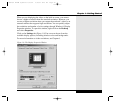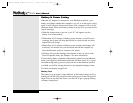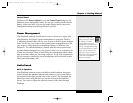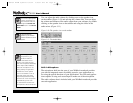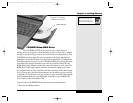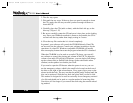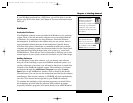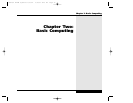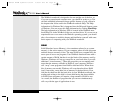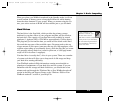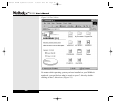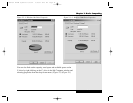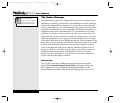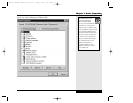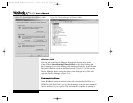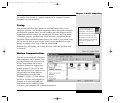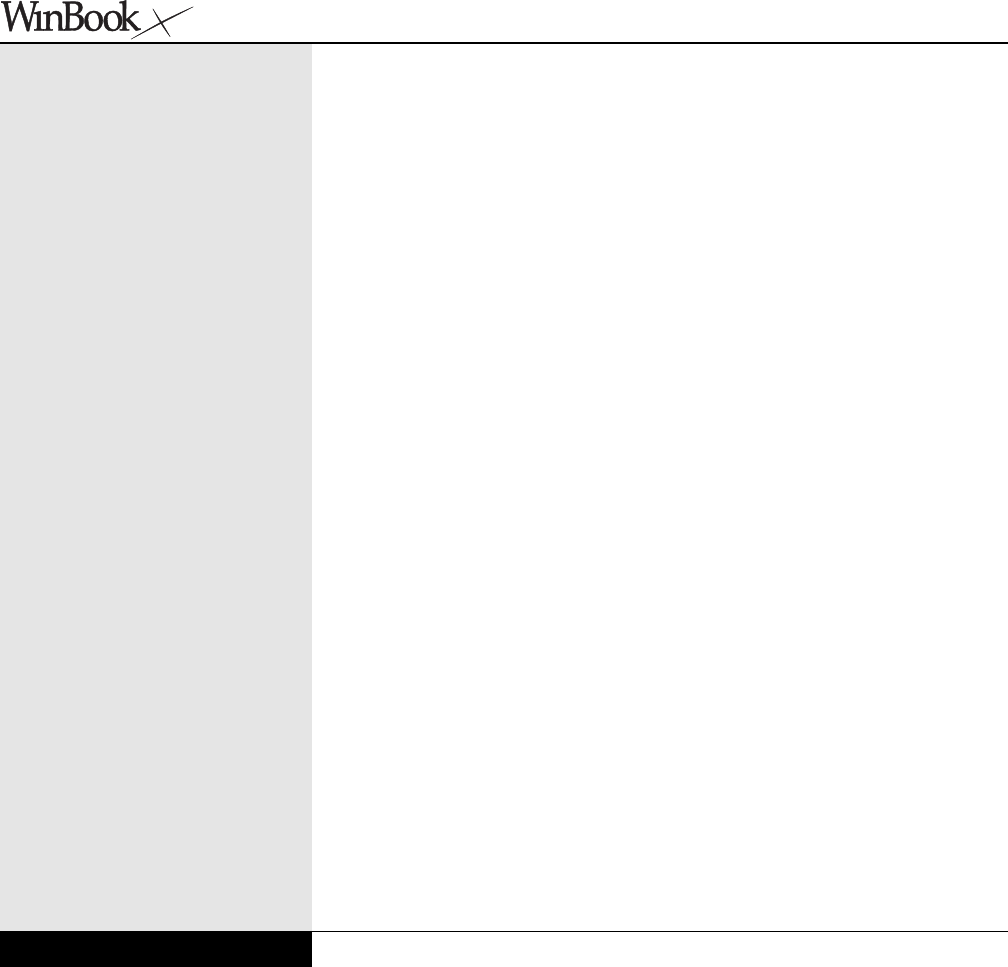
The WinBook notebook is designed to be run straight out of the box, so,
if you are an experienced computer user, you should be ready to go. You
can find additional information about specific features of your system in
the chapters that follow and in the WinBook notebook Help. The Help
information for Windows Me is integrated into the Help and Support center
of Windows. You can access this Help information by clicking Start/Help.
The help information in Windows 2000 is located in the WinBook note-
book Help File in the WinBook folder on your hard drive. If you are not an
experienced user or are new to the Windows operating system, you should
take a few minutes to read this chapter and familiarize yourself with some
basic aspects of computing with your WinBook notebook.
RAM
RAM (Random Access Memory), also sometimes referred to as system
memory, is the active memory of your computer, where it holds programs
and data that are currently in use. The more RAM your computer has, the
more space it has to run programs. Your WinBook notebook came with a
certain amount of RAM, but that is not the limits of the memory used by
Windows. Windows will set up a swap file on your hard drive to provide
additional “virtual memory”. When the programs you are running need
more than the memory available in RAM on your computer, Windows
will “swap” some programs from RAM to that hard drive. When those
bits of memory are needed, Windows will swap them back into RAM
(and, if necessary, swap other bits of memory to the hard drive). Even
with the fast data bus and fast hard drive in your WinBook notebook, the
reading and writing to the disk is slower than having the data available
in RAM. Some programs will require a large amount of RAM to run.
As a result, the number of programs that you can run simultaneously
will vary with the type of applications in use.
2.2
Series
User’s Manual
X Manual WinME w/photos 2/01/01 3/19/01 4:23 PM Page 38



